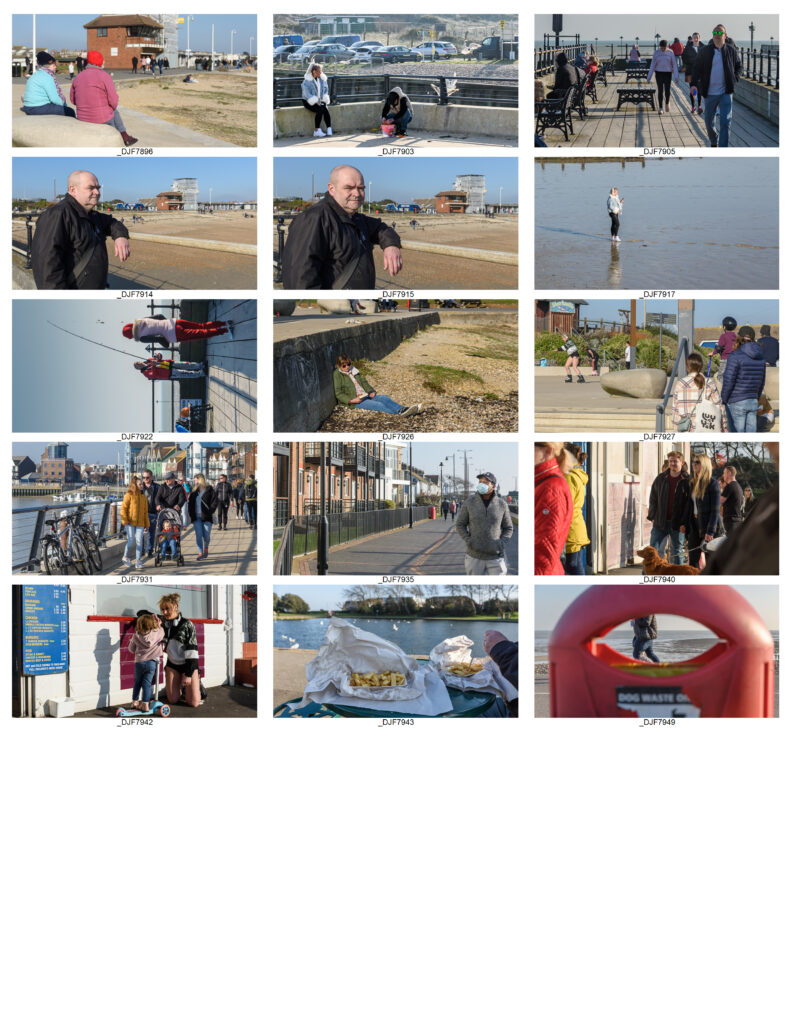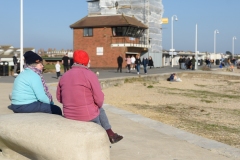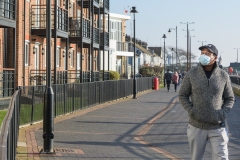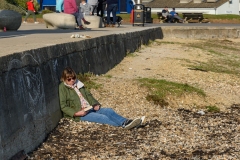“The picture serves as a trap for our gaze.”
Durden, M. & Grant, K. Double Take: Portraits from The Keith Medley Archive (2013)
Liverpool: LJMU Archives. Pg 15
This exercise gives you the opportunity to explore the image as a window with which to trigger memory.
● The objective here is to produce a series of five portraits that use some of
the types of gaze defined above. The specifics of how you achieve this are down to you; you choose which types of gaze you wish to address and who your subject might be in relation to this decision. What you’re trying to achieve through these portraits is a sense of implied narrative, which you can explain through a short supporting statement.
Don’t try and be too literal here; the viewer must be able to interact with the portraits and begin to make their own connection to the work, aided by the type of gaze you’ve employed.
● Write down any thoughts or reflections you might have regarding this
exercise and include this in your learning log or blog.
To complete this exercise, I decided to use the ‘covert’ method of capturing the images, as I felt I would be able to get some more authentic gazes and perhaps more interesting stories.
I did this in two places:
- my daughter’s house on a drive by drop off of some things for her
- the local promenade, which I have used before and where people are used to photographers taking pictures of the seafront.
I found it fairly easy to capture the different kinds of gazes and actually going out looking for them gave a different dimension to the shoot. I also realised that I naturally tend to take images like this anyway. This is evident in exercise 1 – mirrors and windows where I compared images of my family with images I’d taken at events.








